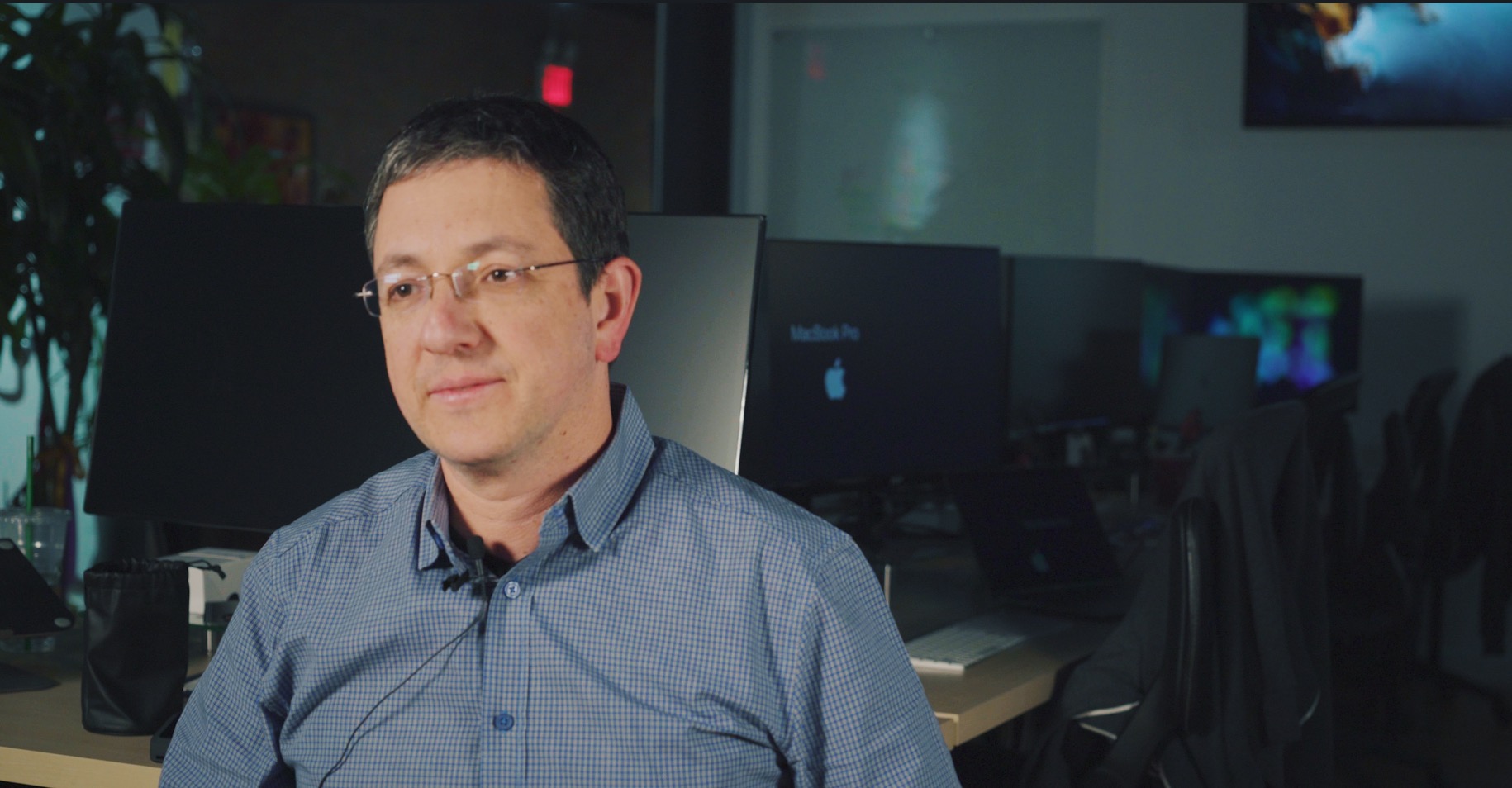
Shifting the Paradigm: From Preventive Healthcare to Preventive Care
Leveraging Social DNA for predictive modeling
Eshed Doni
VPof Product, Unite Us
Preventive healthcare or preventive medicine consists of measures taken for disease prevention as opposed to disease treatment.1 Just as health comprises a variety of physical and mental states, so do disease and disability, which are affected by environmental factors, genetic predispositions, disease agents, and lifestyle choices. Diseases often begin before people realize they are affected and disease prevention relies on anticipatory actions.
The benefits of preventive healthcare
Preventive healthcare has become a routine that is part of our daily life – undergoing annual medical checkups and medical screenings like Pap smears, colonoscopies, mammograms, and blood tests, staying current with immunizations, keeping personal hygiene, consuming dietary supplements, and working out routinely. We instinctively follow numerous recommendations that are part of preventive healthcare because we realize that preventing diseases is much easier and less painful than curing them.
From a cost perspective, preventive healthcare is significantly cheaper than treating diseases. Payers are actively encouraging their policyholders to take preventive measure and are gladly footing the bill.
Historically, mankind learned how to deal with illnesses thousands of years before learning how to prevent them. In many cases, associating illness with certain behaviors required decades of scientific research as well as many years of trial and error.
The rise of social determinants of health
Addressing social determinants of health (SDOH) as a preventive healthcare strategy has begun to emerge in recent years. The first phase was to create referrals after identifying a person’s social need, which can be likened to prescribing a remedy to a patient after they reach out to the doctor and display their symptoms.
The next step of efficiently addressing SDOH was to introduce screening to enable diagnosis of each person’s social needs before that person reached out to ask for assistance. Screening for SDOH is based on the same reasoning behind prescribing cholesterol-reducing drugs based on a patient’s blood work years – even decades – before the same patient suffers a cardiac arrest.
While introducing screening was clearly a major improvement, modern medicine did not stop there and neither should SDOH innovation. Today, before administering a blood test, doctors determine what to look for in a patient’s blood sample based on not only that patient’s personal medical history but also their family medical history. For one patient, this criteria may include checking the patient’s LDL and HDL cholesterol levels, while for others the focus might be their PSA level.
The diagnosis process starts with naming the specific early indications that might predict an illness for the individual patient; these are the indications that should, therefore, be looked for.
The exact same reasoning exists when addressing SDOH.
We need to identify the predispositions for social needs and then look for them at the individual level. In other words, we should strive to identify individuals that are running a higher risk of having various social needs and screen them to validate or refute our prediction. Another reason that makes the use of predictive models inevitable is that trying to care for large populations without them would require screening the entire population, which is impractical and will bear an exorbitant cost.
Social DNA as a predictor
The science of medicine uses genetics to identify higher risk individuals for various illnesses. When dealing with SDOH, we are examining the person’s social DNA: the environmental factors that are likely to predict that person’s risk levels for various social needs. Using predictive models to examine a person’s social DNA will enable us to compare them to other people with similar profiles and narrow down on the social needs that they are most likely to have in the present or future. Screening that person for those predicted social needs will confirm which of them are present. Then, referring that person to the most suitable provider – whoever is best equipped to address that person’s social needs – will help answer that need as efficiently as possible.
An example application
Let’s look at homelessness for example; the best way to handle homelessness is by avoiding it in the first place through eviction preventions. But how can we know who is on the brink of eviction if they do not reach out for assistance? Individuals might not be aware of all the eviction prevention programs they are eligible for. Being able to identify individuals that are behind on their rent payments or unemployed, reach out to them, confirm that they need assistance, and enroll them in the most efficient eviction prevention program in their area will save the much higher cost associated with dealing with their homelessness and the potentially lifelong consequences of eviction for these individuals and their families. Furthermore, certain social needs act as catalysts for other needs. The same way that a need might have a cascading effect and trigger other needs, preventing one also has the power to prevent others.
Effective SDOH solutions must be coherent
In order to efficiently address SDOH, all the steps described above must be part of one coherent solution. Eliminate one component and the solution’s value will drop sharply – it is the predictive model that identifies the individuals who should be screened for specific social needs, the screening that validates the suspicion brought about by the predictive model, the smart referral that connects individuals to the social provider that can cater to their needs in the most efficient manner, and outcome tracking that is used to verify successful completion of care episodes. Both the screening results and the care episode outcomes should be fed back into the predictive model to ensure its constant improvement. Through training the model continuously, we are increasing its accuracy and optimizing it to changing trends.
SDOH contribute around 80% of the overall health of an individual and addressing them costs a fraction of the price of medical care. For that reason, SDOH have become core components of both preventive and curative healthcare. Similarly to any other treatment strategies for health risks, effective, cost-efficient SDOH strategies necessitate preventive action.
Without taking preventive action, it becomes practically impossible to implement any SDOH solution on a large scale.
The successful execution of such a strategy requires the use of a comprehensive SDOH coordinated care platform that integrates with medical systems and combines SDOH predictive models, needs screening, referrals, and outcome tracking. Combining comprehensive and streamlined SDOH care with medical care is part of the transition from focusing on healthcare to looking at the broader care continuum.
To learn more aboutour comprehensive SDOH solution, contact us:
Reference
Hugh R. Leavell and E. Gurney Clark as “the science and art of preventing disease, prolonging life, and promoting physical and mental health and efficiency. Leavell, H. R., & Clark, E. G. (1979). Preventive Medicine for the Doctor in his Community (3rd ed.). Huntington, NY: Robert E. Krieger Publishing Company.
About Unite Us
Unite Us is the nation’s leading software company bringing sectors together to improve the health and well-being of communities. We drive the collaboration to predict, deliver, and pay for services that impact whole-person health. Through Unite Us’ national network and software, community-based organizations, government agencies, and healthcare organizations are all connected to better collaborate to meet the needs of the individuals in their communities.



